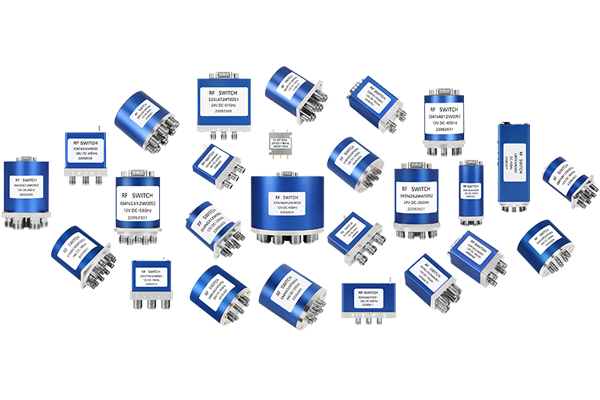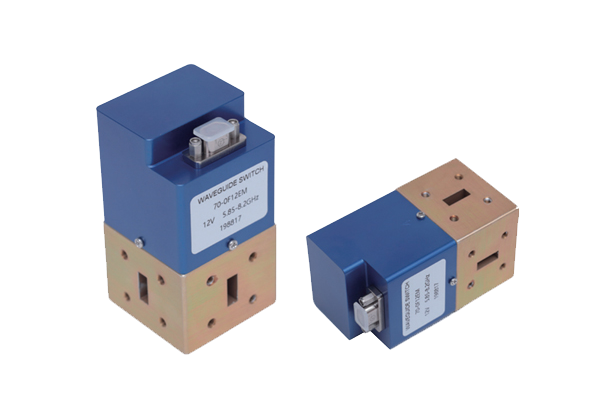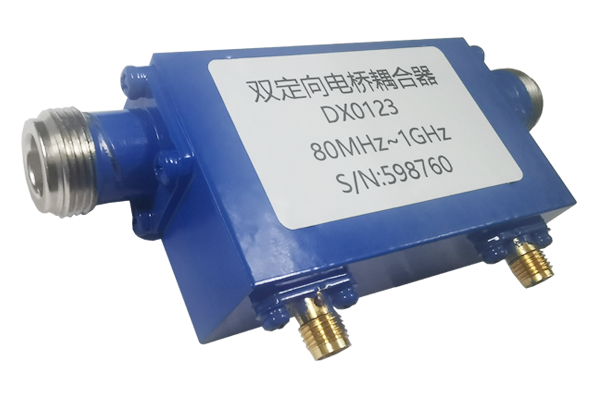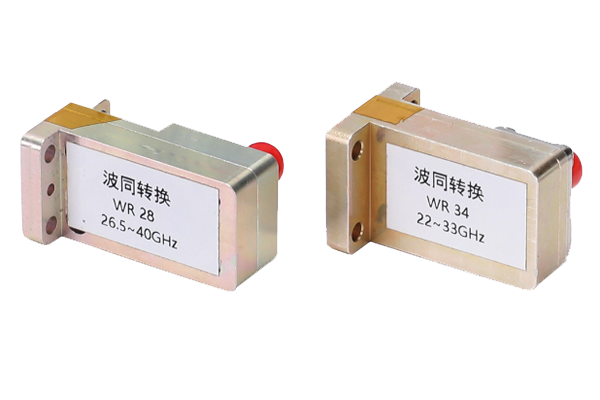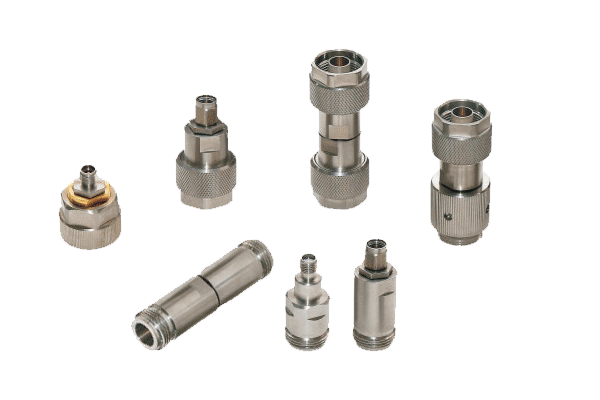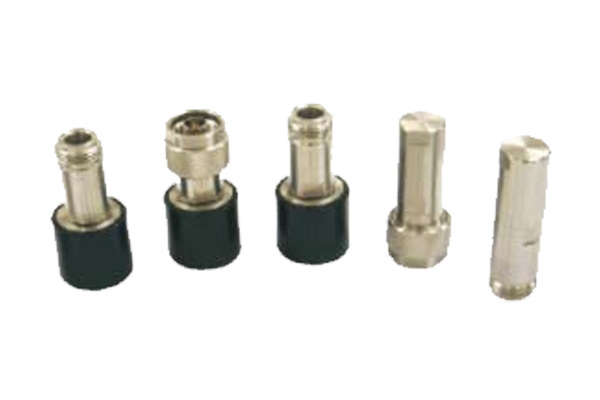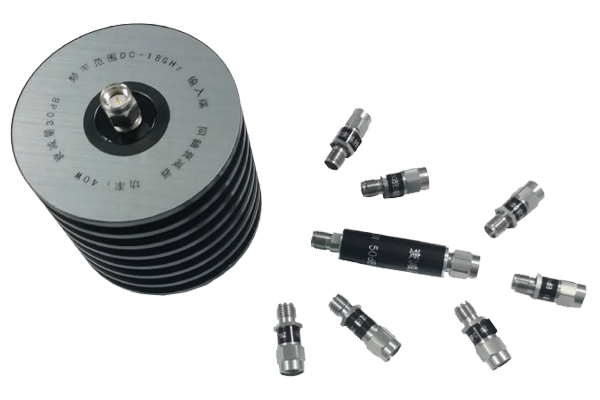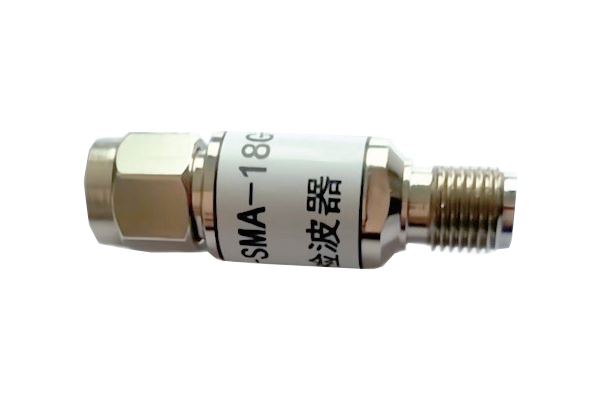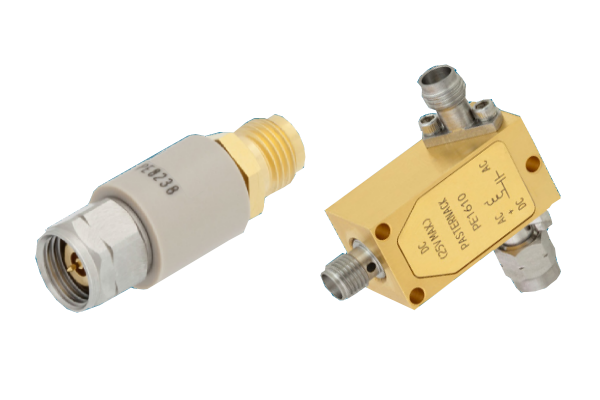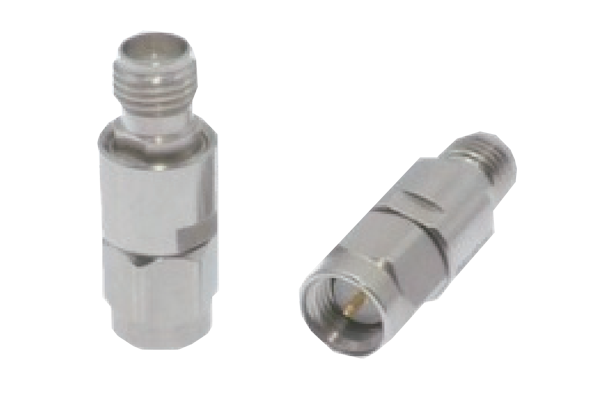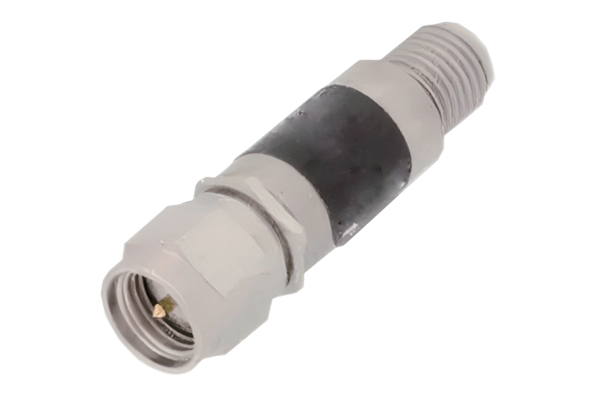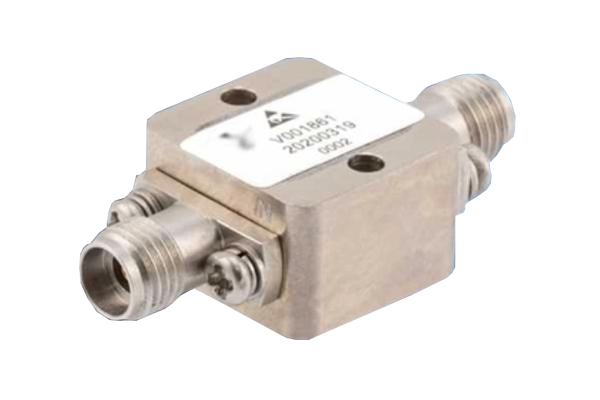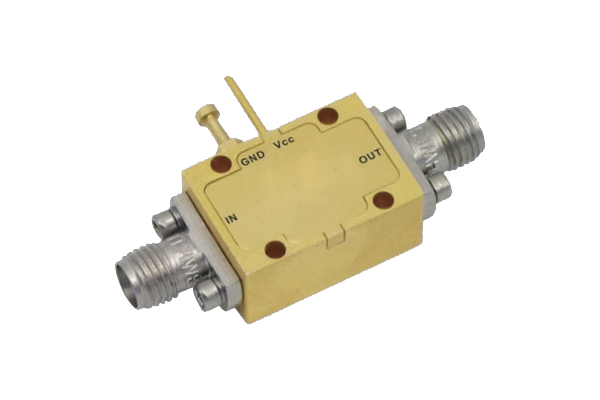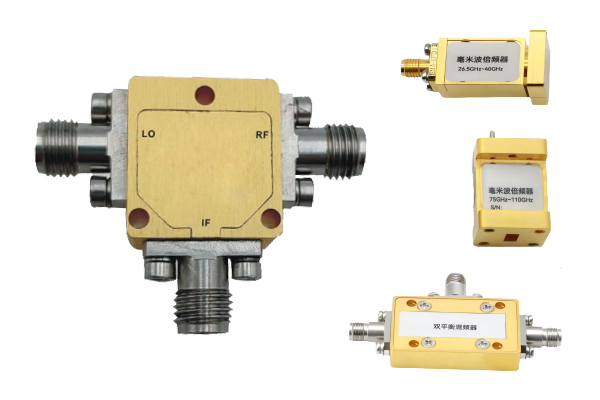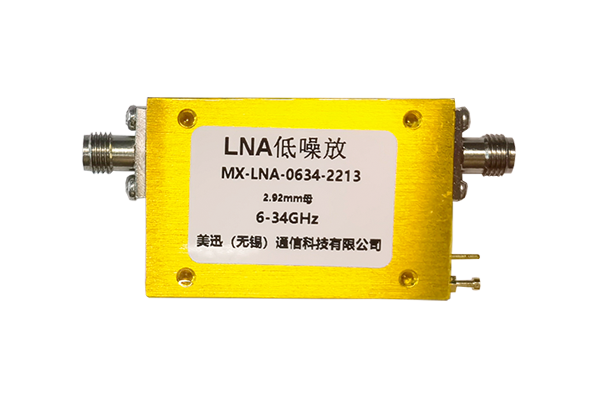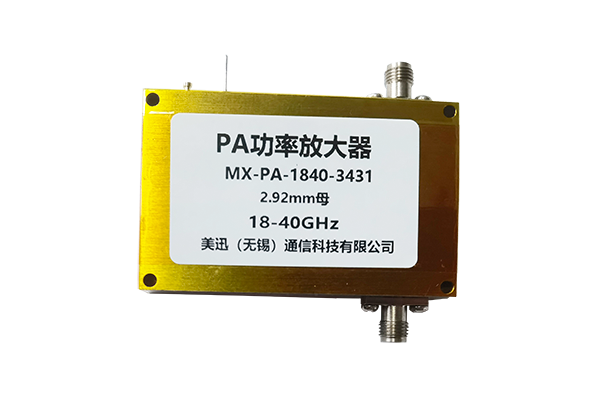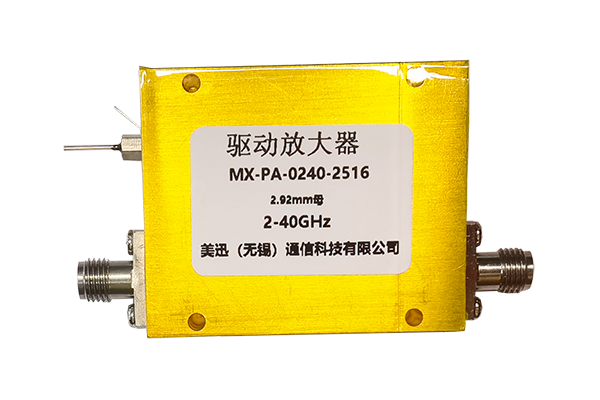How to improve the gain performance of the Low-noise amplifier
1. Optimize transistor selection
Choose a transistor with high transconductance (gm). Transconductance is an important parameter to measure the amplification ability of a transistor. A high transconductance transistor can generate a larger output current under the same input signal, thereby increasing the gain of the amplifier. At the same time, the cutoff frequency (fT) of the transistor should be considered. A higher cutoff frequency means that the transistor can maintain better amplification performance at a higher frequency, which is conducive to improving the gain of the amplifier in the high frequency band.
2. Improve circuit topology
Use a multi-stage amplification structure to cascade multiple Low-noise amplifiers. Each stage of the amplifier amplifies the signal, and the total gain of the multi-stage amplification is equal to the product of the gains of each stage, so that a higher gain can be obtained. However, attention should be paid to the inter-stage matching to reduce signal reflection and loss. In addition, a cascode structure can be used, which can effectively improve the gain and bandwidth of the amplifier, while also improving the input and output matching performance of the amplifier.
3. Optimize the matching network design
By designing a suitable input and output matching network, the amplifier can achieve impedance matching with the signal source and load. The matching network can be composed of components such as LC filters and microstrip lines. Good impedance matching can maximize the transmission of signal power, reduce reflections, and increase the gain of the amplifier. At the same time, the matching network can also filter the signal, suppress noise and interference, and further improve the performance of the amplifier.
4. Reduce the noise factor
Although the question mainly focuses on gain performance, the noise factor is also related to gain. Reducing the noise factor can allow the amplifier to introduce less noise while amplifying the signal, thereby improving the signal quality and signal-to-noise ratio. This can be achieved by reasonably selecting transistors, optimizing bias circuits, and using low-noise resistors.



